One night, we went to bed—some of us still in our makeup, others nursing the tail end of a hangover, and many more simply drained from meetings, deadlines, and late-night emails. By morning, the tradwife aesthetic had entered the chat. At first, it felt like just another fleeting internet trend. A few of us yawned, rolled our eyes, and chalked it up to a soft-focus fantasy that would fade as quickly as it came. But then, something shifted.
The movement spread like wildfire. Almost overnight, it spilled beyond TikTok and seeped into wardrobes, Pinterest boards, and even brand mood boards. What initially seemed like an aesthetic joke had transformed into one of the most talked-about (and contested) shifts in how femininity and womanhood are being dressed and defined in 2025.
The Tradwife Movement: Fashion or Philosophy?
In recent months, the tradwife aesthetic has been making quiet but undeniable waves in fashion circles, raising the question: is this a romantic revival of vintage femininity, or a soft-focus retreat from modern expression?
Platforms like @TradWivesClub churn out tutorial-style videos on everything from apron silhouettes to the art of “submission chic,” cultivating an online community where traditional gender roles are filtered through a pastel, soft-femme lens. Meanwhile, high-femme influencers have repackaged the “traditional wife” into a fully-fledged aesthetic—complete with lace collars, puffed sleeves, and hyper-curated domesticity.
Some stylists and designers trace a lineage between this look and the broader quiet luxury movement, pointing to frilly blouses and tea-length dresses as sartorial echoes of restraint and elegance. But critics warn that beneath the delicate fabrics lies a more complicated narrative—one where submission is recast as empowerment, and deeply conservative ideals are glamorized under the glossy guise of tradwife aesthetics.
Here are some prominent figures championing the tradwife aesthetic in 2025…
Ballerina Farm: Tradition Meets Enterprise
One of the most visible figures associated with the tradwife aesthetic is Hannah Neeleman—better known as Ballerina Farm—whose daily content, spanning everything from home births to milking cows and baking from scratch, has captivated over 10 million followers.
At first glance, her feed presents a romanticized vision of agrarian life, echoing mid-century homemaking through gingham dresses, braided hair, and open farmland. Yet, despite these aesthetic cues, Neeleman publicly distances herself from the “tradwife” label. She frames her story instead as one of partnership, rooted in co-CEO parenting, shared ambition, and intentional sacrifice.
Still, the attention she commands speaks volumes. Her carefully curated world taps directly into the tradwife zeitgeist, glorifying domestic labor with soft visuals and serene music. To many, it’s an aspirational dream. But critics argue that beneath the polished calm lies an unsettling reality—one where the physical and emotional toll of such a lifestyle is obscured by filters, florals, and the promise of perfection.
When Tradition Gets Branded: Nara Smith & Estee Williams
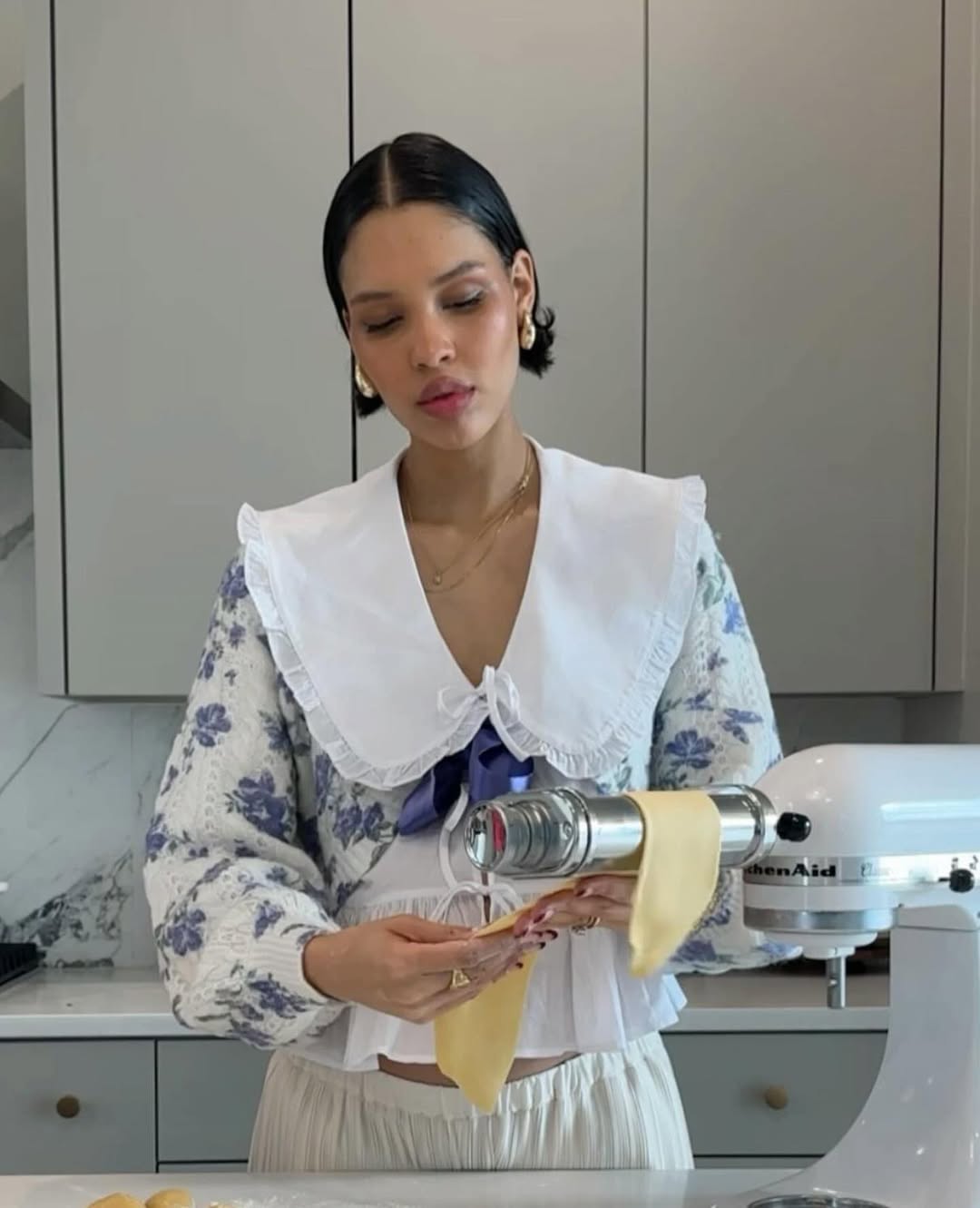
Another high-profile face of the tradwife trend is model Nara Smith, who shares homemade recipes, vintage dress hauls, and tender glimpses into pregnancy and motherhood. Her soft-spoken videos, filtered through warm tones and old-world charm, have earned her a devoted following. Yet, some observers point out that Smith still maintains a career and accepts designer sponsorships, prompting critics to question whether the aesthetic she embodies is truly lived or simply performed.
Pushing the narrative further is social media personality Estee Williams (@EsteeCWilliams), who openly advocates for constant biblical submission to men, framing it as divine order rather than personal preference. Together, these voices underscore a growing contradiction at the heart of the tradwife resurgence: Is this return to homemaking and traditional values a genuinely empowering lifestyle choice, or a carefully curated performance, crafted for likes, clicks, and brand deals?
First-Hand Experimentation: Monica Ainley’s Essay
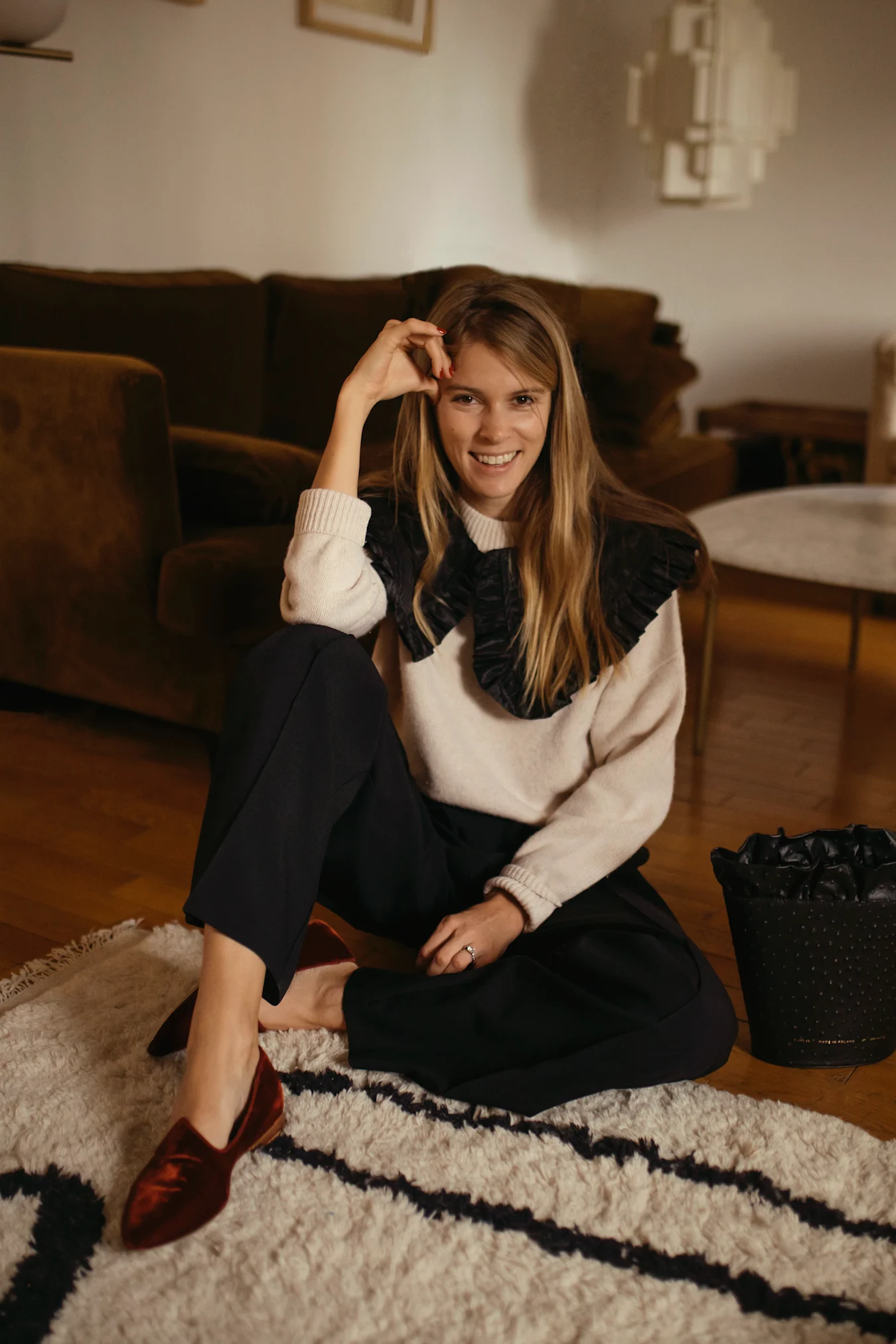
Meanwhile, working mom and fashion journalist Monica Ainley took a more investigative approach. After scrolling through countless viral TikToks, she decided to try on the tradwife aesthetic for size—documenting the experience in a sharp, self-aware piece for British Vogue. Through a series of witty diary entries, she captured the emotional highs and lows: the initial charm, the creeping domestic pressure, and the eventual realization that real life rarely fits within those tidy, vintage-inspired frames.
Her experiment added a fresh layer of nuance to the conversation. It revealed how easily the tradwife aesthetic can slip from whimsical dress-up into a form of unpaid, performative labor, especially when divorced from choice or context.
Fashion’s Tension: Femininity, Submission, and Style in 2025
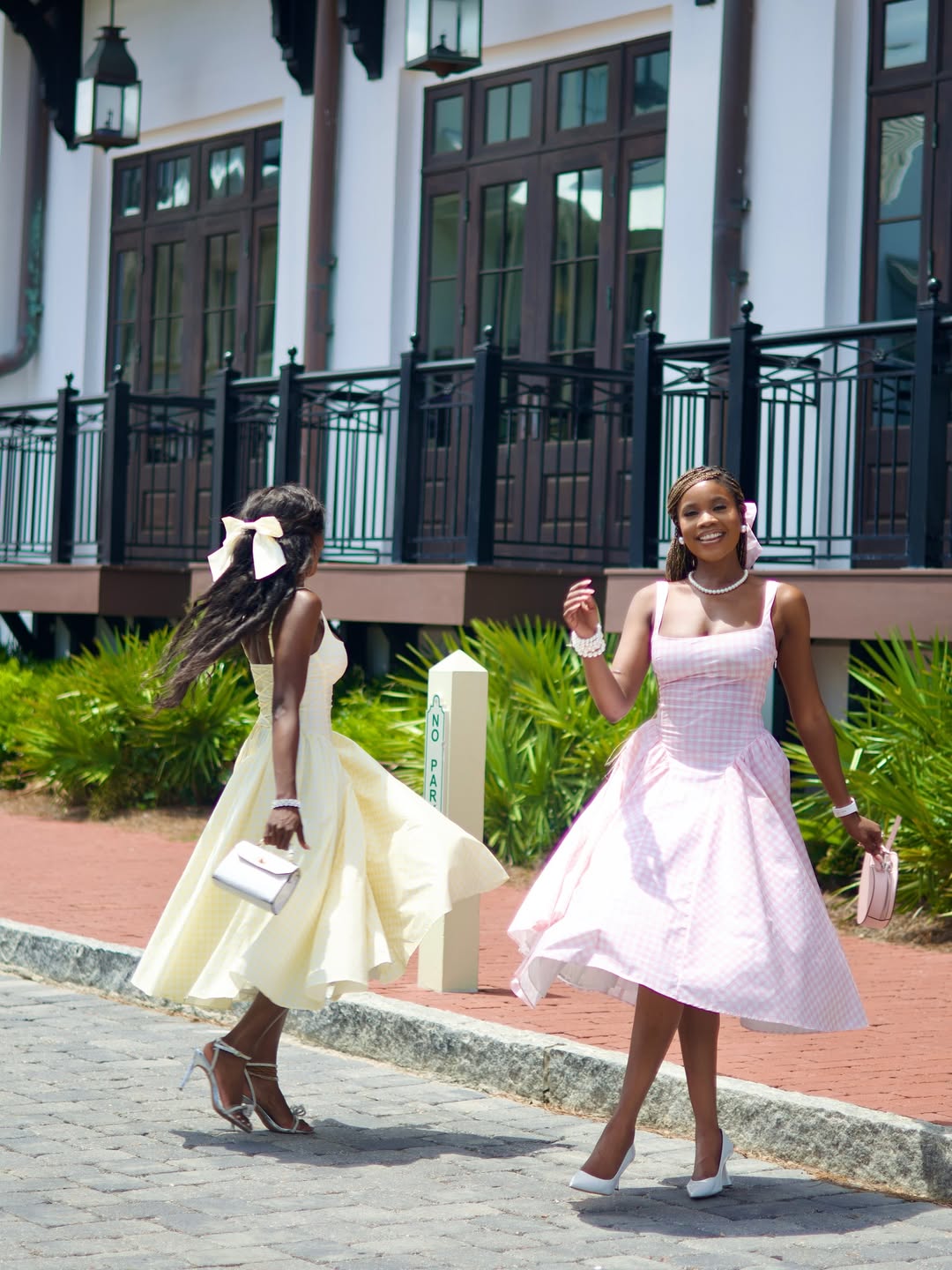
As Vogue Business aptly notes, fashion in 2025 is wrestling with a “fractured reflection of womanhood.” On one hand, it’s undoing years of progress in inclusive representation; on the other, it’s embracing a polished return to conservative femininity, embodied by trends like the tradwife aesthetic. The resurgence of tea dresses, modest hemlines, and corset-like tops feels undeniably nostalgic, but also quietly political, mirroring a broader cultural shift.
Yet, not all of fashion is leaning into the past. At the same time, some brands are pushing forward, championing inclusive sizing, progressive tailoring, and designs that blur the line between softness and strength. It’s a reminder that femininity need not be confined to domestic fantasy. It can be expansive, modern, and—above all—authentically chosen.
Navigating the Debate: Choice, Agency, and Aesthetic
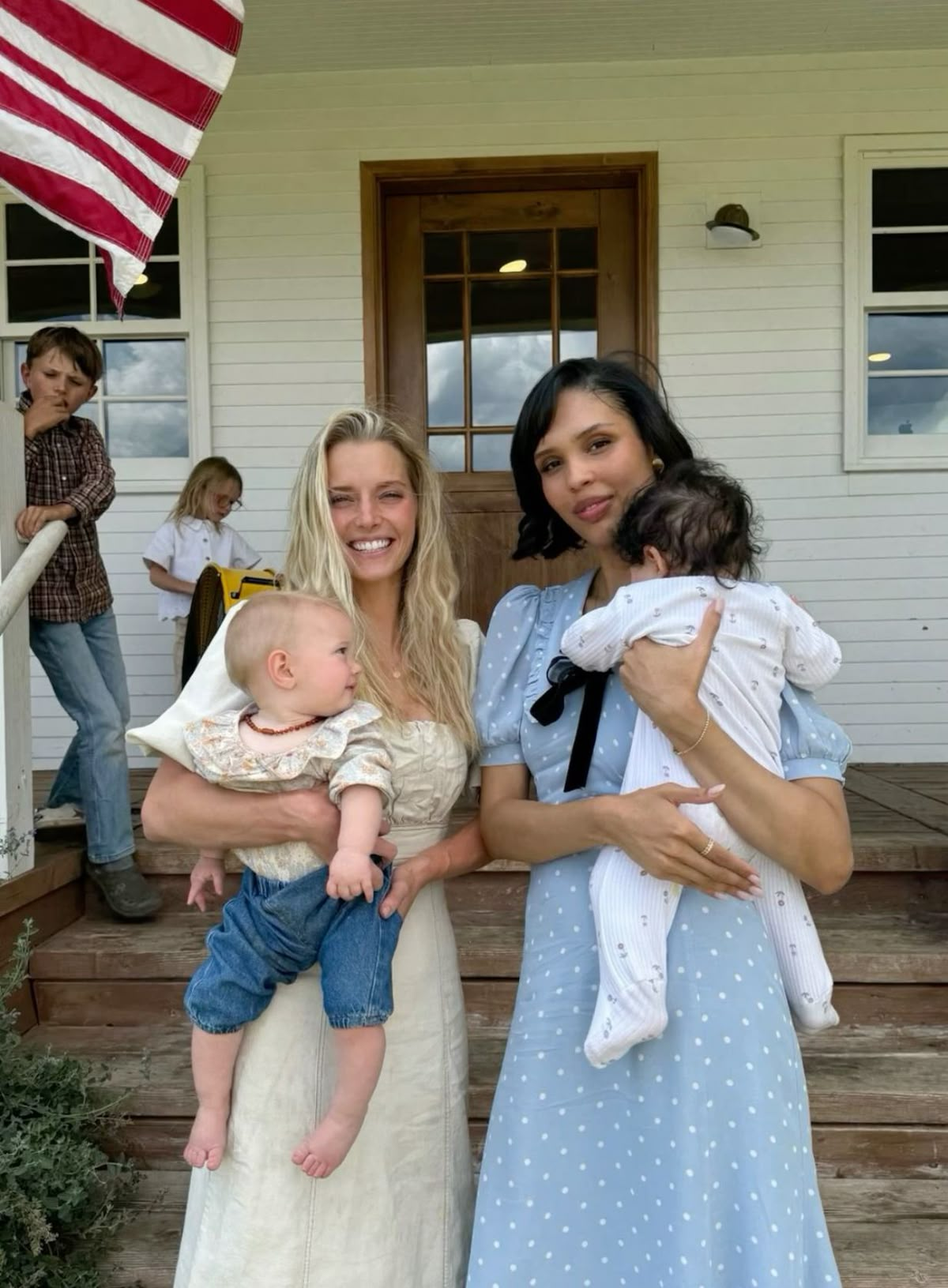
Ultimately, the tradwife aesthetic thrives on a paradox: part nostalgia, part blueprint of gender roles, and part influencer marketing machine. Hannah Neeleman may reject the label, yet her curated content sits squarely at its core. Nara Smith makes everything from scratch, while still modeling for designer partnerships. And Monica Ainley’s Vogue experiment peeled back the curtain, revealing both the glamour and the grind behind the camera-truncated image.
Meanwhile, early TikTok figures like @TradWivesClub and @EsteeCWilliams have built sizable followings by offering ritual, routine, and meticulously crafted visuals. For some women, this aesthetic provides a sense of comfort and clarity—an anchor in the chaos of a hyper-visual, over-saturated digital age. But for others, it reads as a step backward: a romanticized throwback to gendered stepping-stones that risk undermining decades of hard-won progress.
Tradwife vs. Inclusive Fashion: What’s Next for Womanhood in 2025?
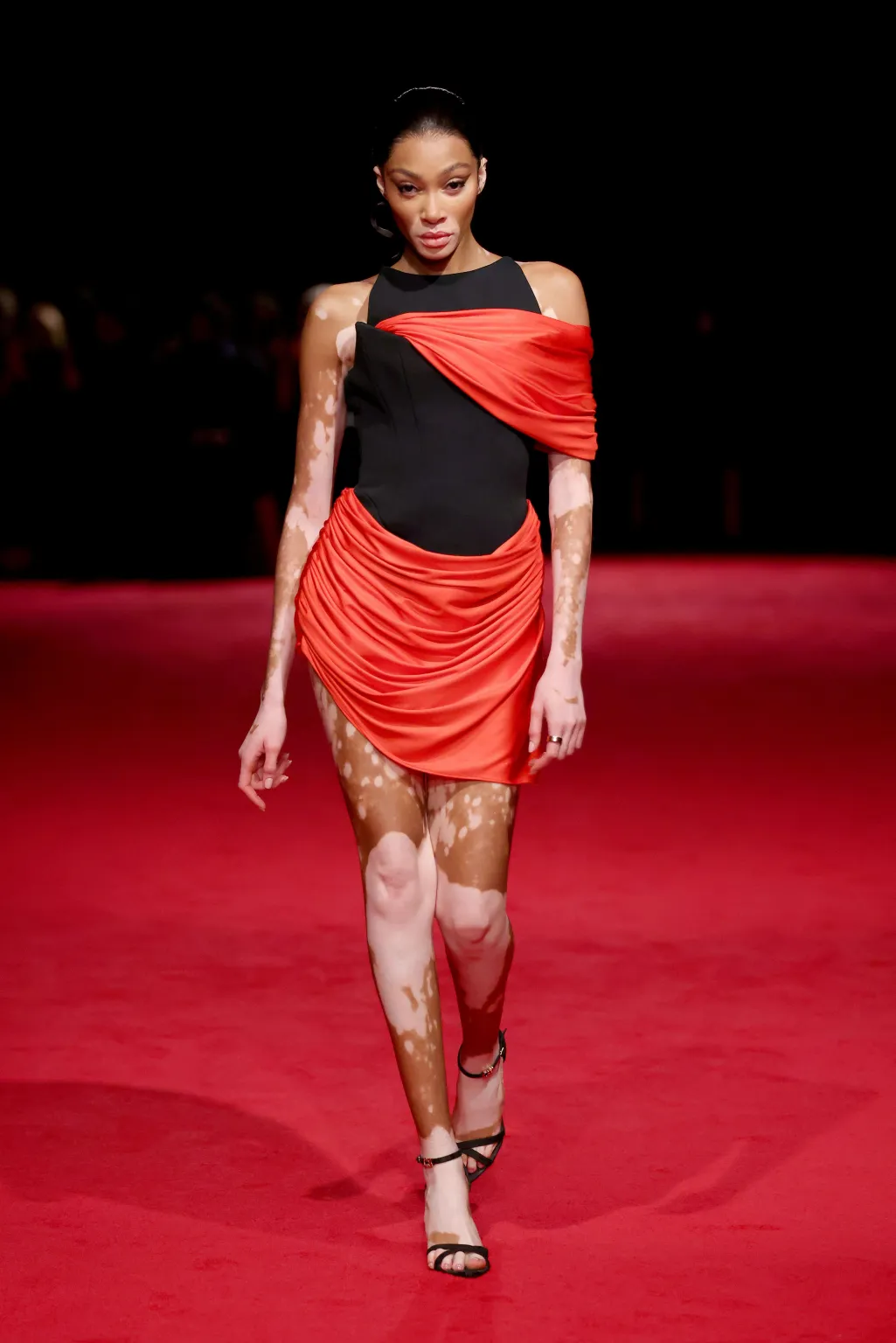
In the swirl of corseted waists and Sunday-baking aesthetics, a bigger question looms: what vision of womanhood are we really embracing in 2025? As the tradwife aesthetic takes center stage—prairie dresses, polished buns, and the pursuit of the perfect sourdough—an equally powerful current in fashion is pushing back with a radically different message.
On the other side of the spectrum, inclusive fashion continues to champion authenticity over performance. Brands like Chromat and Christian Siriano are using the runway to celebrate women of all shapes, backgrounds, and identities. Their message is clear: femininity is not submission, but self-expression. Not nostalgia, but autonomy. And certainly not a step backward disguised as wholesomeness.
Still, the tension builds.
To many, the tradwife trend feels less like a personal lifestyle choice and more like a performance, polished, curated, and algorithmically engineered. On TikTok and Twitter, critics argue that this aesthetic often plays into male validation, particularly from so-called “high-value men.” Scroll through any viral #TradwifeAesthetic post, and the comment section tells its own tale. Women are praised not just for how they look, but for how they serve—quietly, dutifully, and attractively. The applause is rarely for their agency, but for their submission.
In essence, the soft domesticity romanticized in the tradwife aesthetic isn’t as innocent as it seems. Critics are increasingly calling it what it may be: not empowerment, but yet another expression of the male gaze, wrapped in cottagecore lace and perched in kitten heels.
So… Is the Tradwife Aesthetic Empowerment or Performance?
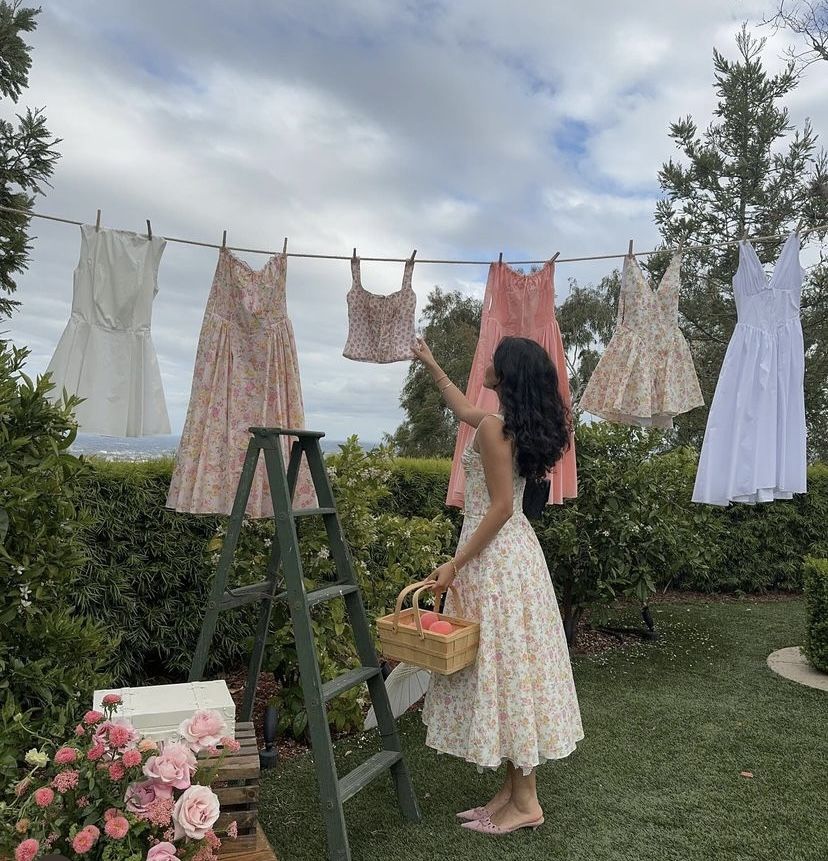
As the tradwife discourse unfolds, the fashion world is beginning to ask harder, more urgent questions. Is baking sourdough in a $400 linen apron while quoting Proverbs on TikTok truly a reclaimed lifestyle, or simply a curated fantasy engineered for virality?
Certainly, some women, like Ballerina Farm, say they find authentic joy in homemaking and the pared-down rhythms of rural life. Others, like Monica Ainley, have experimented with the aesthetic and emerged with equal parts admiration and comedic exhaustion. But beyond the soft filters and carefully arranged tablescapes lies a more complicated conversation: about autonomy, about pressure, and about whose gaze we’re dressing for.
Because, in an age of feminism, filters, and ever-evolving feminine archetypes, the rise of the tradwife aesthetic forces us to confront an uncomfortable paradox: is it empowerment, or performance? Is it freedom—or a nostalgic illusion wrapped in gingham?
In the end, whether it’s a step forward or a beautifully styled spin back in time… well, that’s up to you.
Final Thoughts on the Tradwife Aesthetics in 2025
The tradwife aesthetic has become a cultural flashpoint, igniting conversations around identity, tradition, modern labor, and the politics of choice. For some, it offers a romantic return to simpler times, wrapped in polished kitchens and perfectly pleated skirts. For others, it’s a beautifully filtered illusion that glosses over the relentless demands of full-time homemaking.
At its core, the movement is not just stylish—it’s humorous, emotionally charged, and layered with contradiction. In its folds, we find both comfort and critique, aspiration and ambivalence. And that’s precisely why it continues to captivate and divide.
Featured image: @kayleemelanconphoto/Instagram
For the latest in fashion, lifestyle, and culture, follow us on Instagram @StyleRave_
—Read also
Women F1 Fandom Rise: Why Formula 1 Has Never Been This Popular Among Female Fans
